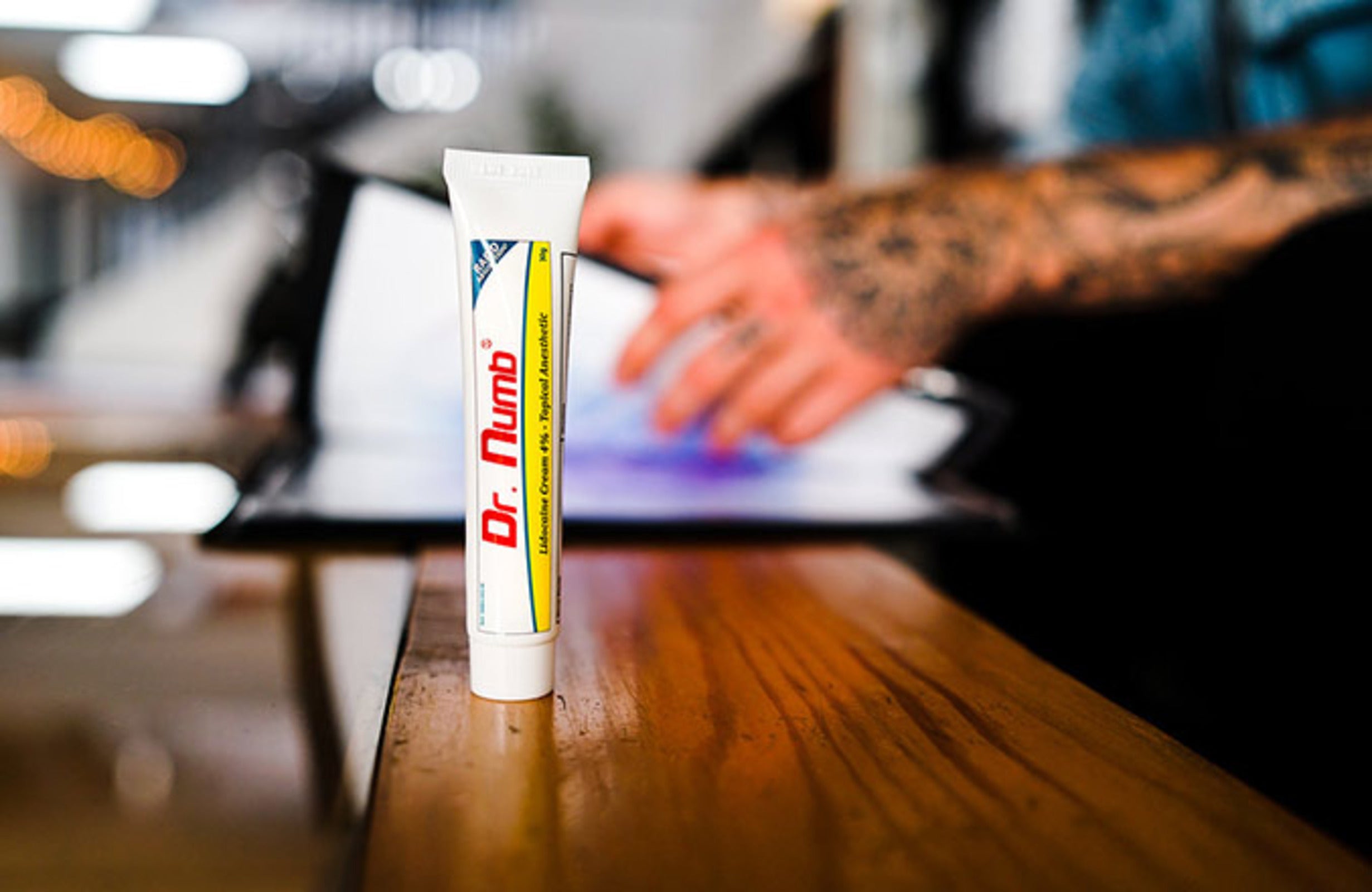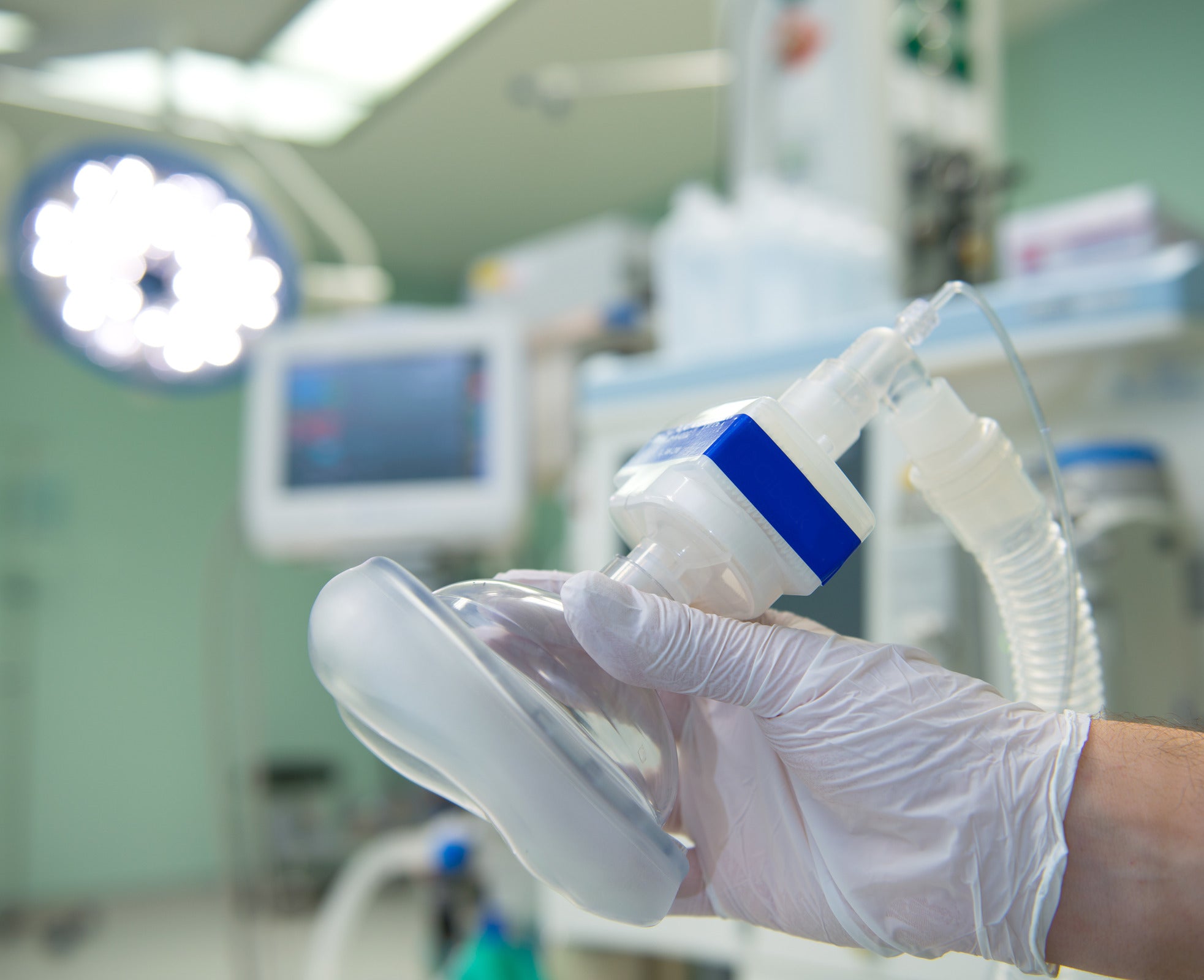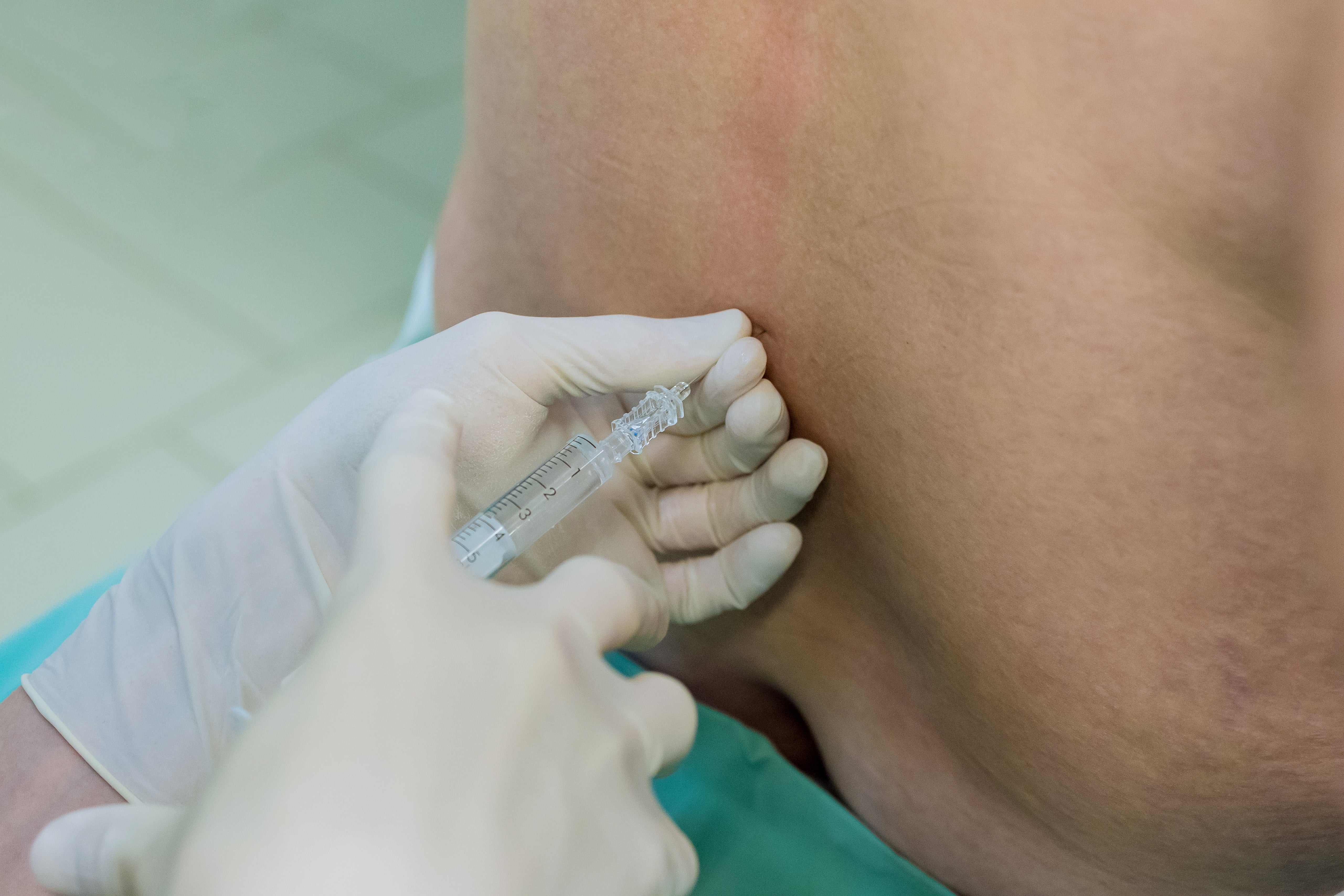The topic of dreaming under anesthesia is a fascinating and mysterious one. Despite medical advancements and research, whether or not patients can honestly dream while under anesthesia remains to be seen.
Patients frequently report dreams during general anesthesia. Dreams during general anesthesia have been written by 10 to 36% of patients upon awakening, with the incidence being higher in young, female, and ketamine-treated patients.
In this post, we'll explore the factors that may affect dreaming under anesthesia, such as the depth and type of anesthesia, patient characteristics, and the type of surgery. We'll also examine possible explanations for dreaming under anesthesia, including brain activity, memory processing, consciousness, and psychological factors.
Do You Dream While Under Anesthesia: 4 Possible Explanations

The occurrence of dreams under anesthesia remains a subject of fascination and scientific inquiry. While the exact mechanisms behind dreaming during surgical procedures are not yet fully understood, several plausible explanations have been proposed by researchers. In this section, we explore these potential insights into why dreams might manifest under the influence of anesthesia.
Brain Activity During Anesthesia
The intricacies of brain activity during anesthesia are at the forefront of the quest to comprehend dreaming under such altered states. While anesthesia is designed to induce a profound loss of consciousness, the brain's activity isn't entirely silenced. It undergoes a complex modulation, resulting in a distinctly different state from natural wakefulness or sleep. Key points to consider include:
- Neural Oscillations: Anesthesia agents can affect the rhythmic oscillations of neurons, potentially leading to dream-like cognitive experiences.
- Network Connectivity: Disruptions in brain network connectivity under anesthesia could give rise to the emergence of dreams.
Memory Processing
Memory, a cornerstone of conscious experience, plays a pivotal role in the potential for dreaming under anesthesia. The interaction between anesthesia agents and memory processes offers an intriguing avenue for explaining the phenomenon:
- Dream Consolidation: Anesthesia-induced alterations in memory consolidation might contribute to the subsequent recall of dream-like experiences.
- Fragmented Memories: Sometimes, fragmented memories of stimuli during surgery could manifest as dream-like sensations upon awakening.
Consciousness Alterations
The manipulation of consciousness is a central goal of anesthesia, and the changes induced in this state have been linked to the occurrence of dreams:
- Consciousness Levels: The modulation of consciousness levels by anesthesia agents might create a transitional state where dream-like content emerges.
- Unconscious Perception: Anesthesia might lead to unconscious perception that could contribute to the dream experience.

Psychological Factors
The mind's intricate interplay with anesthesia-induced unconsciousness introduces the potential influence of psychological factors on dreaming:
- Expectations: Patients preconceived notions about dreaming during anesthesia might influence their likelihood of reporting dream experiences.
- Anxiety and Stress: Psychological stressors before surgery could impact the mind's activity during unconsciousness, potentially leading to dream-like perceptions.
- Subconscious Processing: Under anesthesia, the subconscious mind could process information uniquely, potentially resulting in dream-like phenomena.
Dreams during Anesthesia: 4 Factors Affecting
Before surgery, one of the patient's most common questions is whether they will dream while under anesthesia. While the answer to this question varies from patient to patient, several factors can affect whether patients experience dreams while under anesthesia. Some of these factors include.
Depth of Anesthesia

The level of anesthesia administered is a pivotal factor that influences the potential for dreaming during surgery. Anesthesia is not a monolithic state; it exists on a spectrum ranging from light sedation to deep sedation. The depth of anesthesia can significantly impact a patient's cognitive experiences during surgery, including dreams. This spectrum includes:
- Light Sedation: Patients under light sedation may experience a heightened awareness of their surroundings, potentially contributing to dream-like sensations.
- General Anesthesia: This state induces a complete loss of consciousness and sensory perception, reducing the likelihood of dreaming.
- Deep Sedation: Patients under deep sedation are intermediate between general anesthesia and light sedation, possibly leading to a more significant potential for dream-like experiences.
Type of Anesthesia
The method of anesthesia administration also plays a pivotal role in determining whether dreams may occur during surgery. The two primary categories of anesthesia are:
- Inhalation Anesthesia: Administered through inhalation, this type of anesthesia often involves using gases or vapors. The specific agents used can influence the patient's cognitive experiences.
- Intravenous Anesthesia: Administered through intravenous injection, this type of anesthesia can have different effects on the brain and may influence the occurrence of dreams.
Patient Characteristics
The unique characteristics of each patient can impact their likelihood of dreaming under anesthesia. These characteristics include:
- Age: Younger patients may have more active dream experiences due to their heightened brain activity, while older patients might experience fewer dreams.
- Gender: Some studies suggest that gender might influence dream occurrence, although the exact mechanisms remain a subject of ongoing research.
- Medical History: Associated medical conditions and medications can interact with anesthesia agents, potentially affecting dream-like sensations.
Surgery Type
The nature of the surgical procedure itself can also influence the occurrence of dreams:
- Minor Surgery: Patients undergoing minor surgeries may be more likely to remember dream-like sensations due to the relatively lighter anesthesia.
- Major Surgery: The deep sedation or general anesthesia often employed in major surgeries may decrease the likelihood of dream recall.
- Emergency Surgery: The urgency of emergency surgeries may impact the depth of anesthesia administered, potentially affecting dream experiences.
As the fascinating realm of dreaming under anesthesia continues to be explored, these factors offer a comprehensive framework for understanding the complex interplay between anesthesia, the human mind, and the intriguing phenomenon of dreams.
Research on Dreaming Under Anesthesia

The enigmatic realm of dreams has long fascinated humanity, inviting inquiries into its boundaries even within the intricate realm of anesthesia. This section delves into the captivating landscape of dreaming under anesthesia, exploring its historical evolution, contemporary investigations, and the ethical dimensions that underpin this intriguing phenomenon.
Historical Development
A person's dreaming under the influence of anesthesia is not a new concept but rather a subject that has captivated the minds of researchers and medical practitioners for centuries. The historical journey of this phenomenon unveils a narrative of curiosity and exploration:
- Early observations of dream-like states during surgery.
- Pioneering efforts to document and understand anesthesia-induced dreams.
- Evolution of medical literature and discourse on the subject.

Current Studies
In the modern era, advancements in medical technology have enabled more sophisticated investigations into the realm of dreaming under anesthesia. Contemporary research has shed light on several facets of this enigmatic experience.
Brain Activity During Anesthesia:
- Brain mapping during anesthesia-induced dreaming.
- A study of altered brain activity and vivid dream narratives.
Patient Reports of Dreaming:
- Analysis of dreams recounted by patients post-anesthesia.
- Dream narratives can be analyzed for repeated themes and elements.
Comparison of Different Anesthetics:
- Comparative studies elucidate variations in dream occurrence and content among different anesthesia agents.
- An exploration of the role of dosage and administration techniques in shaping dream experiences.
Ethical Considerations
The exploration of dreaming under anesthesia is not merely a scientific endeavor; it raises crucial ethical questions that warrant contemplation.
Patient Autonomy and Consent:
- Reflecting on the extent to which patients are informed about the possibility of dreaming under anesthesia.
- Balancing the need for informed consent with the unpredictability of dream experiences.
Impact on Psychological Well-being:
- Scrutinizing the potential psychological effects of intense or distressing dreams experienced under anesthesia.
- Implementing measures to mitigate negative psychological repercussions.
Professional Responsibility:
- A study of the ethical responsibilities of healthcare providers in addressing questions and concerns about dreaming after anesthesia.
- To address patient concerns and misconceptions, open communication channels should be maintained.
Dream Under Anesthesia: Implications and Applications

Dreaming under anesthesia extends far beyond the realms of curiosity and scientific inquiry. This section explores the profound implications and potential applications that arise from unraveling the mysteries of this intriguing occurrence, ranging from advancing patient care to shaping the future of anesthetic practices.
Improving Patient Care
Dreaming under anesthesia presents a unique avenue for enhancing the overall patient experience and optimizing healthcare outcomes. By delving into this phenomenon, the medical community can take significant strides in the following.
Tailored Preoperative Counseling:
- By combining insights from research on dreaming of informing patients about potential experiences during anesthesia better.
- In reducing preoperative anxiety by addressing patient concerns more comprehensively.
Postoperative Psychological Support:
- Targeted psychological support for patients with intense or distressing dreams.
- Through proactive interventions, recovery and psychological distress can be enhanced.
Personalized Anesthetic Approaches:
- Anesthetic protocols can be customized based on dream occurrence data.
- Patients can achieve enhanced comfort and satisfaction by minimizing the chance of unsettling dreams.
Developing Safer Anesthetics
The study of anesthetic dreams is a cornerstone in the quest for safer and more effective anesthetic agents. Insights gleaned from this research can revolutionize the development of anesthetics by:
Fine-Tuning Anesthetic Formulations:
- The use of dream-inducing agents to improve existing anesthetic formulas.
- Through targeted adjustments, minimize dream occurrence and psychological distress.
Reducing Unintended Awareness:
- Research identifying specific anesthetics associated with heightened dream susceptibility could be used to minimize unintended intraoperative awareness.
- Improve patient safety by mitigating the risk of patients recalling surgical experiences while under anesthesia.

Consciousness and Memory Research
Under anesthesia, dreaming is vital to unraveling the intricate tapestry of human consciousness and memory. By exploring this phenomenon, researchers can make significant strides in:
Probing Altered States of Consciousness:
- The use of dream experiences as a window into altered states of consciousness induced by anesthesia.
- To increase our understanding of the neural mechanisms that underlie conscious awareness.
Memory Formation and Retrieval:
- Research on the role of dreams in memory consolidation and retrieval processes during anesthesia.
- We're getting insights into the complex interplay between dream content, memory encoding, and subsequent recall.
Conclusion
The phenomenon of dreaming under anesthesia has puzzled and fascinated researchers and patients alike. Factors such as anesthesia depth and type, patient characteristics, and surgery type can all contribute to this experience.
A few explanations include brain activity, memory processing, and consciousness. Understanding this phenomenon could significantly improve patient care and develop safer anesthetics. As research in this area continues, we may better understand consciousness and memory and how they work in the human brain.











![13 Top Anesthesia Side Effects & Potential Risks [covered]](http://drnumb.com/cdn/shop/articles/shutterstock_1781191736_1.jpg?v=1693284851)

